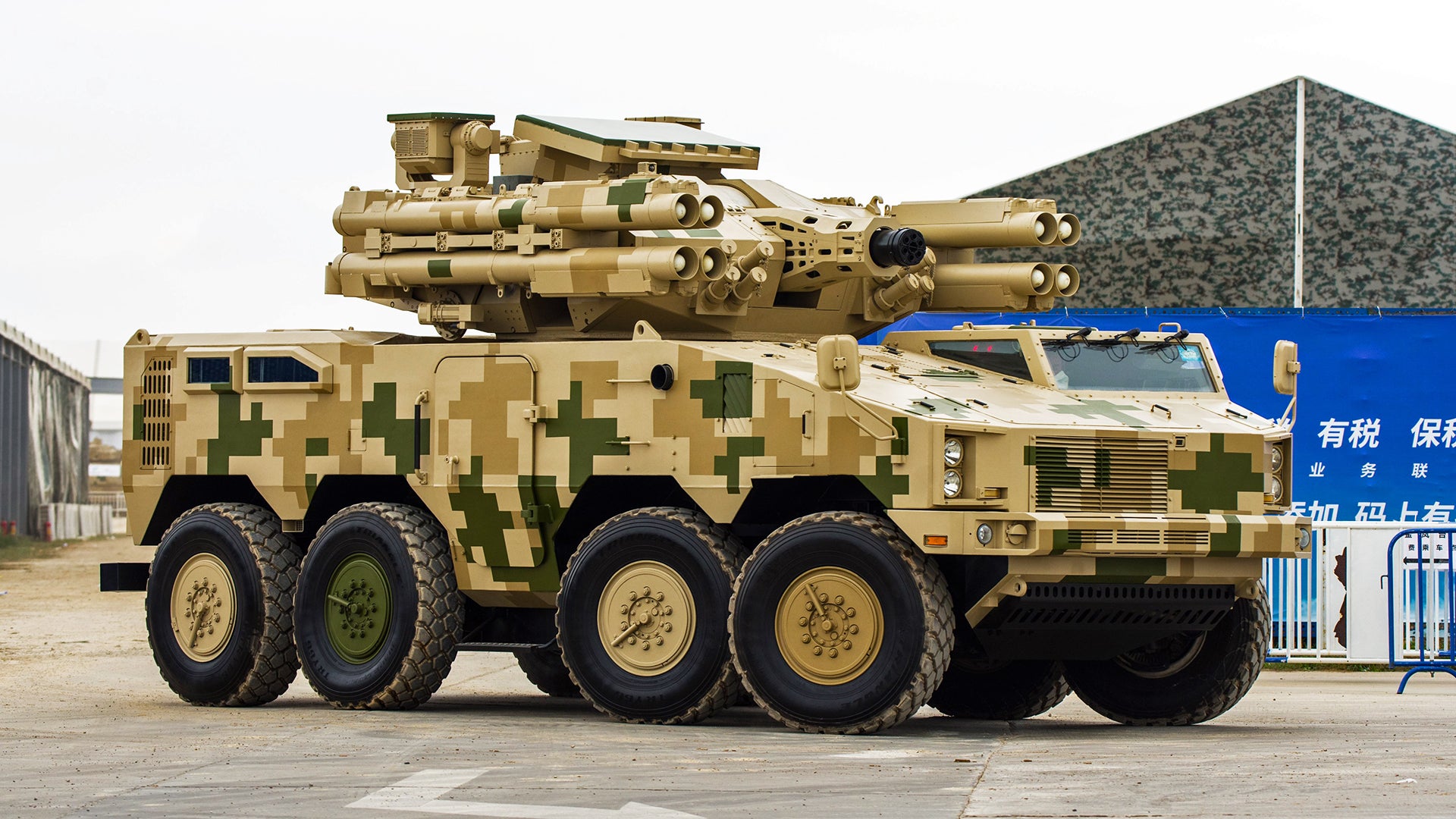- Reaction score
- 8,198
- Points
- 1,160
Southern littorials- does this include the great lakes. Mackenzie delta and other areas?
Great question. When does the Arctic become a Marine environment? And when is an Arctic Lake an Inland Sea?
The Pacific, in Canada, is almost unique in that it is Ice Free - except when Alpine Glaciers come down to the Sea.
Much of the rest of the Arctic has a Maritime aspect to it. The Great Lakes, although heavily populated experience enough ice to block navigation. The Gulf of St Lawrence freezes and supports haulouts for harp seals. Our entire northern shore line freezes for much of the year.
So what are the best tools for operating in that part of Canada where Pick Up trucks, LAVs and Leos can't go?
The Ski Doo, the Quad, the Argo, the Sherp, solve some problems. MOSVs solve some problems, Helicopters and planes solve some problems. RHIBs solve some problems. Jet boats solve some problems. CB90 type boats solve some problems.
I think the AOPS, Patrol Centres and Armouries can also solve some problems.
Comms are essential. Navigation is essential. Small arms are adequate. ISTAR assets are essential. Air Defence would be the first big ticket weapons priority now - available on very short notice and broadly distributed.





